
Lalon Fakir’s and Baul’s music are deeply rooted in simplicity and spirituality. For them, music is not merely for entertainment but a sacred spiritual practice. Lalon used music to express the inexpressible truths of human existence by questioning the soul (atma), life, the body (deho), death, and worldly identities like religion and cast. Although his songs are known as Lalon Geeti, he tried to dissolve social divisions and promote humanism through them. His music was a medium of inner realisation, known as “Shadhona”, which intertwined with devotion (bhakti) and melody (sur) to guide each soul towards his definition of truth.
In addition, Lalon’s songs conveyed his profound spiritual experiences and reflections on the nature of life, death, and the Divine. He used music to express complex philosophical ideas in simple and accessible ways. It was not only a form of communication but also a healing force. Their songs were meant to provide emotional release, solace, and spiritual guidance to the listeners, helping them overcome the struggles of life and the limitations of material existence.
To convey all these, their musical instruments were powerful tools to communicate their profound messages through simple melodies. Even today, these instruments, along with other modern ones, are still doing the same. Instruments like the ektara, dotara, and khol were widely used in the Baul tradition and were central to Lalon’s performances. These instruments were traditionally handmade, often by the musicians themselves. They were designed to produce earthy, resonant tones that connected the physical and spiritual realms.
Despite their simplicity in design, these instruments carry a rich tradition that brings Baul’s spiritual music, particularly Lalon’s, to life while emphasising the connection between sound, rhythm, and the divine. To the Bauls, the musical instruments they used also carried inner meanings beyond the practical function of a musical tool. The images of these traditional musical instruments are shown below,

Ektara
The Ektara, a one-stringed instrument, is the most iconic, often seen in the hands of Lalon himself. It is a symbol of the oneness of existence. It provides a harmonic backdrop to the singer’s voice, enlightening the audience with the spiritual essence of the music by showcasing the beauty and power of simplicity in conveying profound messages.

Dotara
The Dotara, a four-stringed instrument, is frequently used to accompany the songs, adding rhythm and melody. It produces a melodious, earthy sound. The Dotara symbolises duality and emotional connection. While Lalon emphasised the unity of the soul and the divine, the Dotara’s dual strings represent the twofold nature of existence— the material and spiritual realms, the human and divine.

Khamak
The Khamak, a plucked drum, represents a fusion of rhythm and melody, reflecting Lalon’s teachings, which sought to integrate the body and soul, the material and the spiritual. Its sound has a resonance that symbolises the meeting of the earthly and divine, much like Lalon’s view of unity between the self and the universe.

Khol/ Mridanga
Percussion instruments like the Khol contribute to the beat of Baul music. It conveys the cyclical nature of life and the repetitive, much like Lalon’s emphasis on the continuous journey of the soul.
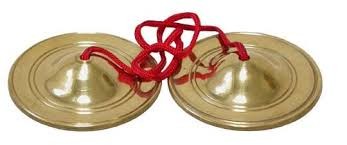
Kartal or Manjira
Kartal or Manjira are hand-held cymbals used by musicians to maintain rhythm during their performances. In Lalon’s philosophy, rhythm represents the heartbeat of existence, and the Kartal helps the musician align with the divine rhythm of the universe. The repetitive sound of the Kartal can be seen as a reminder of the cyclical nature of life and the unbroken continuity of spiritual practice.
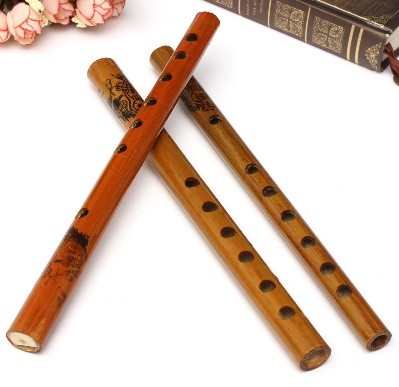
Bamboo Flute
Occasionally, Bamboo Flutes creates a melodic layer using bamboo flutes to add a different touch to their songs. Represented nature’s voice and the soul’s silent call towards the divine.
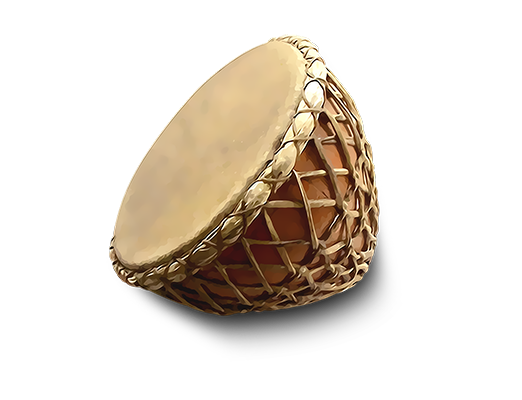
Dhamsa
The Dhumsa is a percussion instrument crafted from wood, metal, iron, and leather. This traditional instrument can be found in Orissa and West Bengal.
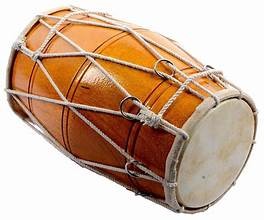
Dholak
A two-headed hand drum, the dholak serves as a folk percussion instrument. The dholak is widely known in countries like India, Pakistan, Bangladesh, Nepal, and Sri Lanka, and it is also present among the Indo-Diaspora in nations such as Guyana, Suriname, Fiji, Trinidad and Tobago, South Africa, and Mauritius. The dholak typically measures between 16″ and 24″ in length.

Ghungru
Another unique instrument, the Ghungru, worn around the ankles, adds a distinctive percussive sound during their dance performance. It symbolises the spiritual journey and inner rhythm of the soul (atma) and reflects the Baul philosophy that the body is a vessel for spiritual expression. Though it may not have been a primary musical instrument in Lalon’s compositions, it was undoubtedly a traditional component of the larger Baul music during Lalon’s era.
Apart from these basic traditional instruments, there are other instruments that people have rarely heard or seen. Such as Tikara, Jhajhor, SarindaKashi, lau and Gabgubagub. These instruments are simple but work well, permitting attention to stay on the lyrics and philosophical message of Lalon’s songs. Professor Dr. Anwarul Karim has also provided all the pictures of the traditional musical instruments used by the Baul society in his book titled “বাংলাদেশের বাউল: সমাজ, সাহিত্য ও সংগীত” (Bauls of Bangladesh: Society, Literature and Music) (করীম,2021).
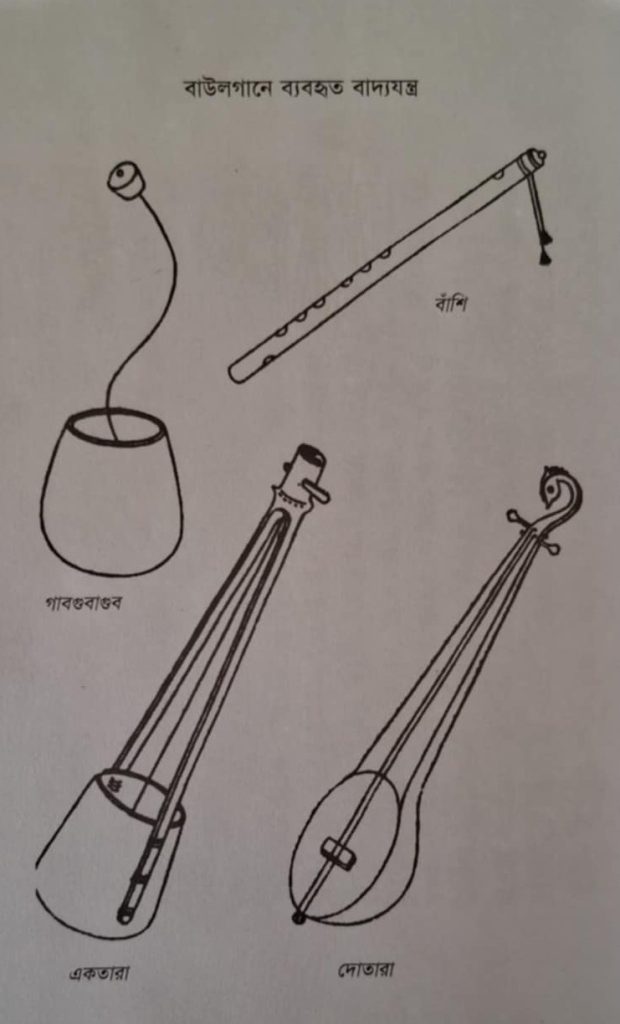
Figure. 1. 1: Traditional Instruments (করীম,2021)

Figure 1.2: Traditional Instruments (করীম,2021)
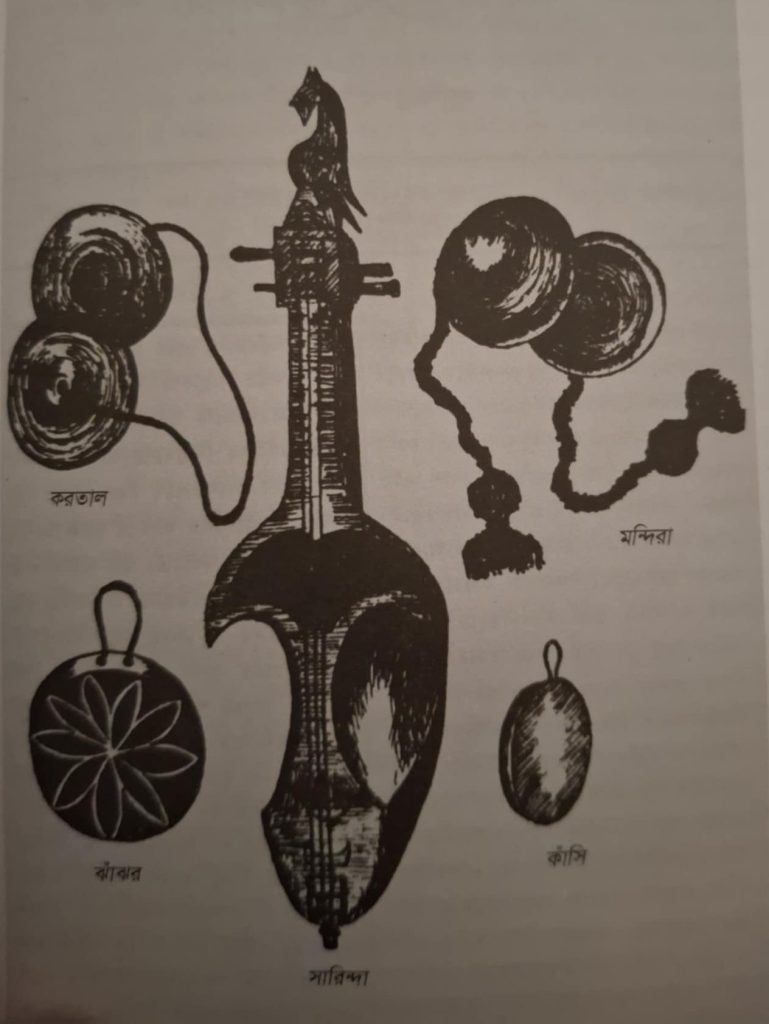
Figure. 1.3: Traditional Instruments (করীম,2021)
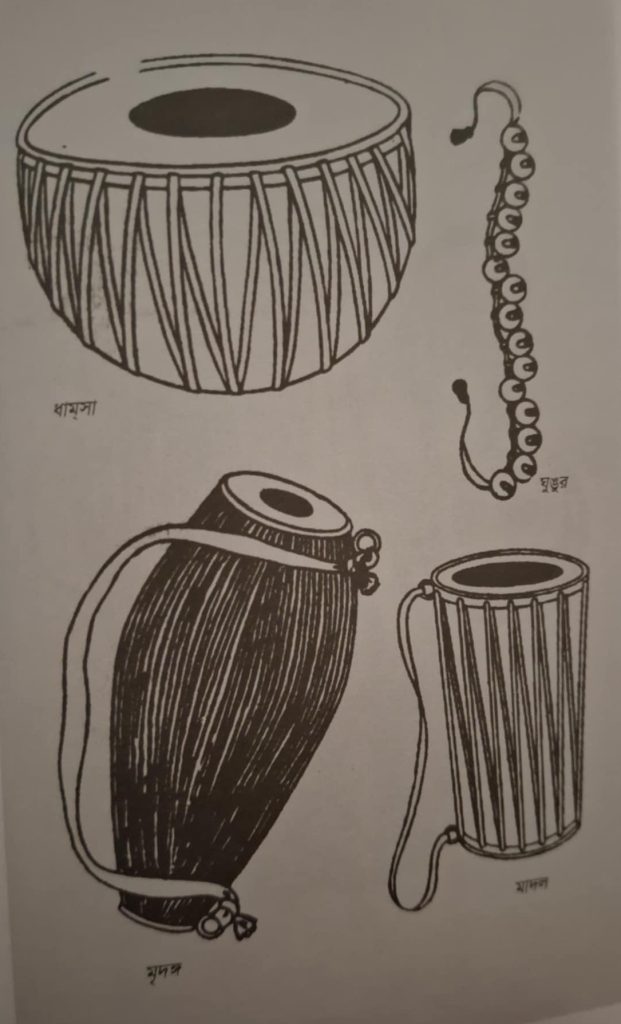
Figure 1.4: Traditional Instruments (করীম,2021)
Author
Rezuana Tabassum

